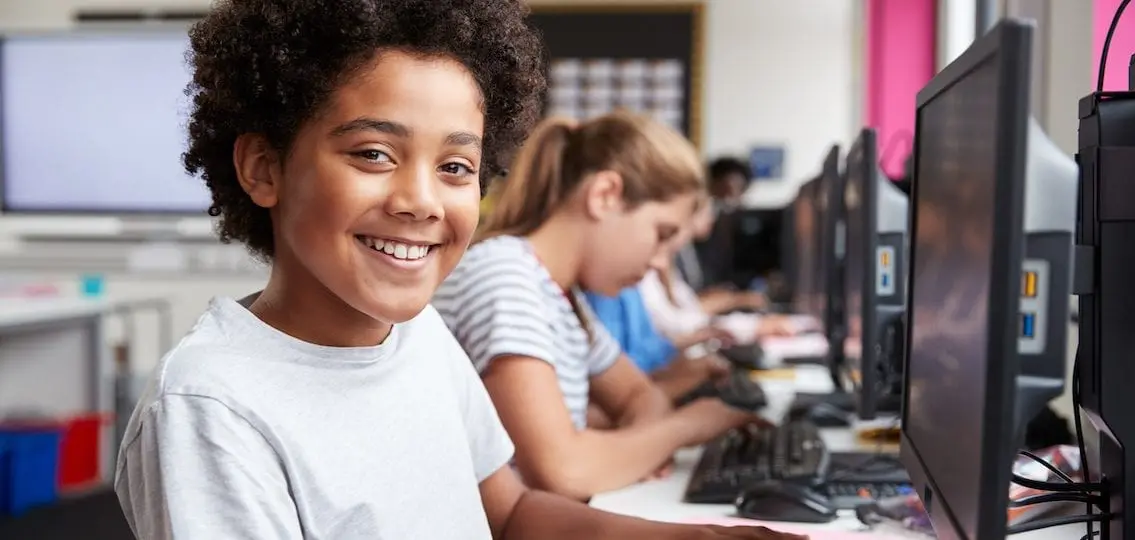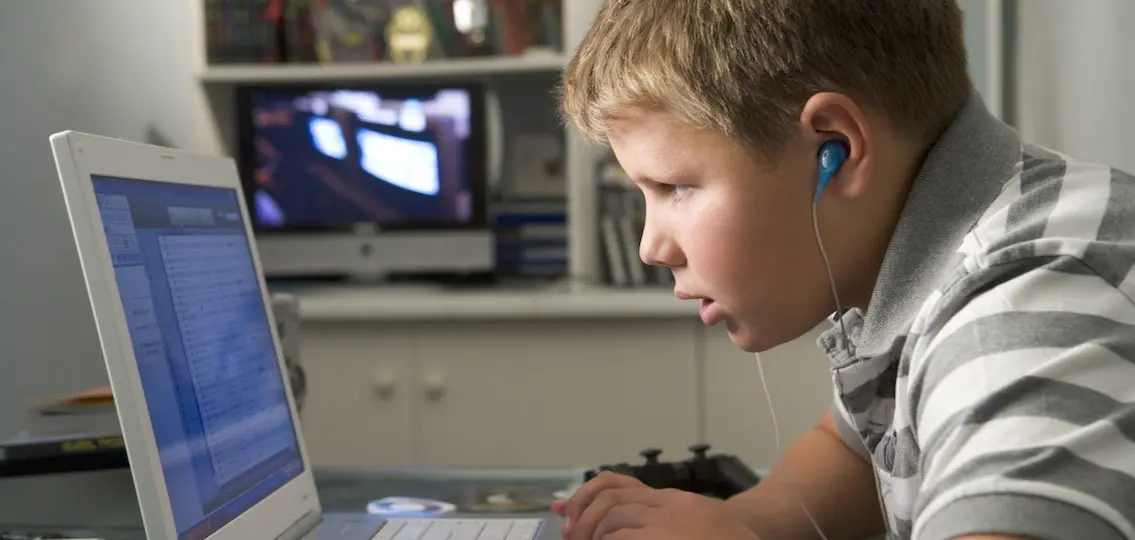Do your tweens and teens spend hours a day looking at screens? They’re not alone.
A new study finds that 8- to 12-year-olds are now averaging just under five hours of screen media a day (4:44), while teens are clocking close to seven and a half hours (7:22) daily. And this doesn’t include use of screens at school or the use of computers for homework.

The Common Sense Census: Media Use by Tweens and Teens not only calculated how often young people in America are engaging with media, it also takes a close look at their media habits, which include reading, gaming, coding, engaging with social media and watching videos and TV shows.
Notable Changes in Teen Media Habits
Social media habits for teens have held steady—about an hour and ten minutes a day— since the last survey four years ago. However, Common Sense still found some notable changes from 2015.
Survey results showed that 69 percent of children own their own smartphone by the time they are 12, up from 41 percent in 2015.
The survey also revealed that teens and tweens are spending less time watching television on actual TV sets. In one notable change, the percentage of young people who say they watch online videos “every day” has doubled since 2015. The average amount of time spent watching videos has also nearly doubled.
Among all teens aged 13-18, listening to music is the only category that beat out watching online videos as a favored activity. For tweens 8-12 years of age, YouTube is the media activity they enjoy the most, a major change from its fifth-place ranking with this age group just four years ago. The survey found that 76 percent of tweens say they used the site—despite the fact that YouTube says it is only for those age 13 and older.
Concerns about YouTube
James Steyer, the founder and CEO of the non-profit Common Sense, has concerns about the growing popularity of YouTube.
“The study shows worrisome indicators as our most vulnerable population—our kids—are spending a lot of time on unregulated, unrated platforms that deliver content that can be inappropriate or even dangerous,” notes Steyer. “And the shift from TV to online viewing means kids are often watching content alone. There are fewer opportunities for shared experiences with family. We hope the results of this study help guide families and policymakers in making sure kids thrive in today’s technology-saturated society.”
How Teens Use Technology and Media:
Gender differences:
Boys and girls differed the most on gaming. In the survey, 70 percent of boys aged 8-18 said they enjoyed video gaming a lot, while only 23 percent of girls did. Girls placed listening to music at the top of their list.
Income differences:
Researchers found that lower-income youth spend nearly two more hours with entertainment screen media each day than those from higher-income households. For example, tweens from lower-income homes average 5:49 of screen media per day. In comparison, that number is 3:59 for those from higher-income homes.
Homework:
The percentage of tweens and teens who use computers daily for homework has more than doubled. In 2019, 59 percent of teens did homework on a computer every day. In comparison, that number was 29 percent just four years ago. The survey documented an ongoing “homework gap,” with lower-income teens spending less time using a computer for homework and more time doing homework on a phone than their higher-income peers.
Reading:
Researchers found that just over half of teens (51 percent) still read for fun at least once a week. However, nearly a third of teens do so less than once a month
Content Creation:
Screen media use continues to be dominated by watching television shows and videos, playing games, and using social media; use of digital devices for making art, creating music, coding, or writing remains minimal. Despite the promises and prevalence of digital devices, the majority of young people devote very little time to creating their own content. Content creation accounts for just 2 percent of screen use among tweens and 3 percent among teens. However, nearly two-thirds of tweens and teens said they “often or sometimes” watch videos about how to build, make, or do something they are interested in.

Are These Media Habits a Sign of the (Modern) Times?
While the amount of screen time tweens and teens are getting has increased, the report notes that, when it comes to media, tweens and teens may be engaging while doing other activities. For instance, checking social media on the way to school or listening to music while working out at the gym. And as many parents can attest after listening to a roomful of teens gaming or watching a movie together, media has its social benefits.



